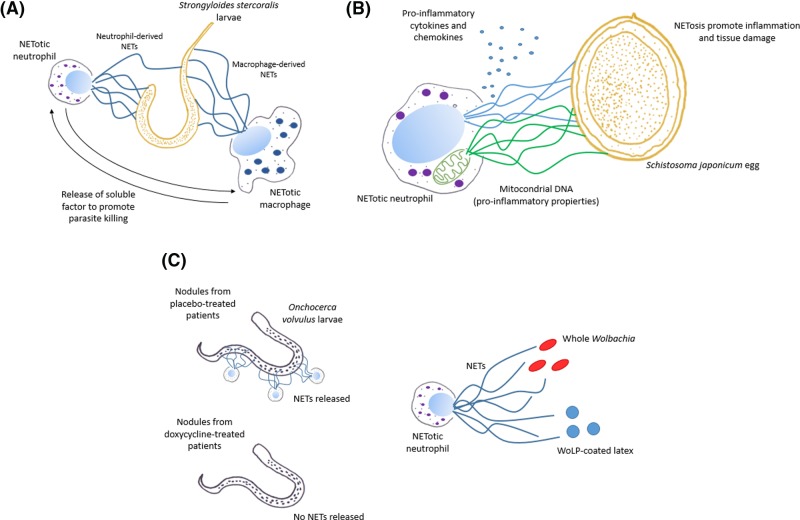Figure 2. NETosis triggered by helminth parasites and its implications.
(A) Strongyloides stercoralis larvae trigger NETosis in human neutrophils and macrophages. Both cell types are unable to kill the larvae separately; however, together they kill efficiently this parasite due to the release of soluble factors that enhance the anti-parasitic effect of NETs. (B) Schistosoma japonicum eggs induce NET release in human neutrophils. During this NETosis process, mitochondrial DNA and pro-inflammatory cytokines and chemokines are released. These molecules promote an inflammatory response that causes tissue damage observed in the hepatic granuloma caused by this parasite. (C) In nodules excised from placebo-treated patients infected with Onchocerca volvulus, the presence of NETs in close contact with the parasite cuticle was detected; in contrast, NETs were not detected in doxycycline-treated patients, suggesting that the symbiotic bacteria Wolbachia was responsible for triggering NETosis. Confirming this theory, whole Wolbachia and latex beads coated with its lipopeptide (WoLP) triggered in vitro NET release in human neutrophils.

